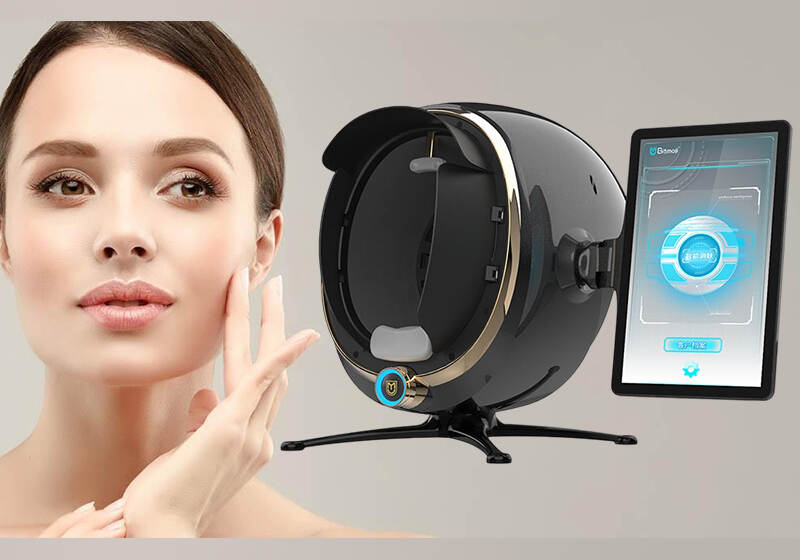Language
ENGLISH
- ENGLISH
- 简体中文
- Bahasa Indonesia
- हिन्दी
- বাংলা
- Lietuvos kalba
- Tiếng Việt
- Polski
- Українська
- تایلی
- Malay
- Svenska
- Ελληνικά
- Suomi
- Norwegian
- தாமில்
- नेपाली
- ქართული
- Nederlands
- Wikang Tagalog
- Беларус
- සිංහල
- Slovenský
- Shona
- Gaeilge
- Íslensku
- ລາວ
- Eestlane
- Српски
- Burmese
- O'zbek
- čeština
- Türk
- български
- 繁体中文
- Afrikaans
- አማርኛ
- العربية
- azərbaycan dili
- bosanski jezik
- català
- Cebuano
- corsu, lingua corsa
- Cymraeg
- Esperanto
- euskara, euskera
- فارسی
- Frysk
- Gàidhlig
- Galego
- ગુજરાતી
- (Hausa) هَوُسَ
- Hawaiian
- Hmong
- hrvatski jezik
- Kreyòl ayisyen
- magyar
- Հայերեն, Հայերէն
- Asụsụ Igbo
- עברית
- Basa Jawa
- қазақ тілі
- ខ្មែរ, ខេមរភាសា, ភាសាខ្មែរ
- ಕನ್ನಡ
- Kurdî, کوردی
- Кыргызча, Кыргыз тили
- latine, lingua latina
- Lëtzebuergesch
- latviešu valoda
- fiteny malagasy
- te reo Māori
- македонски јазик
- മലയാളം
- Монгол хэл
- मराठी
- Malti
- chiCheŵa
- ਪੰਜਾਬੀ, پنجابی
- پښتو
- सिन्धी, سنڌي، سندھی
- Română
- Slovenski Jezik, Slovenščina
- gagana fa'a Samoa
- Soomaaliga, af Soomaali
- Shqip
- Sesotho
- Basa Sunda
- Kiswahili
- తెలుగు
- тоҷикӣ, toçikī, تاجیکی
- татар теле, tatar tele
- اردو
- isiXhosa
- ייִדיש
- Yorùbá
- isiZulu
- Assamese
- Aymara
- Bambara
- Bhojpuri
- Dhivehi
- Dansk
- Italiano
- Deutsch
- 한국어
- Pусский язык
- 日本語
- Français
- Português
- Español



